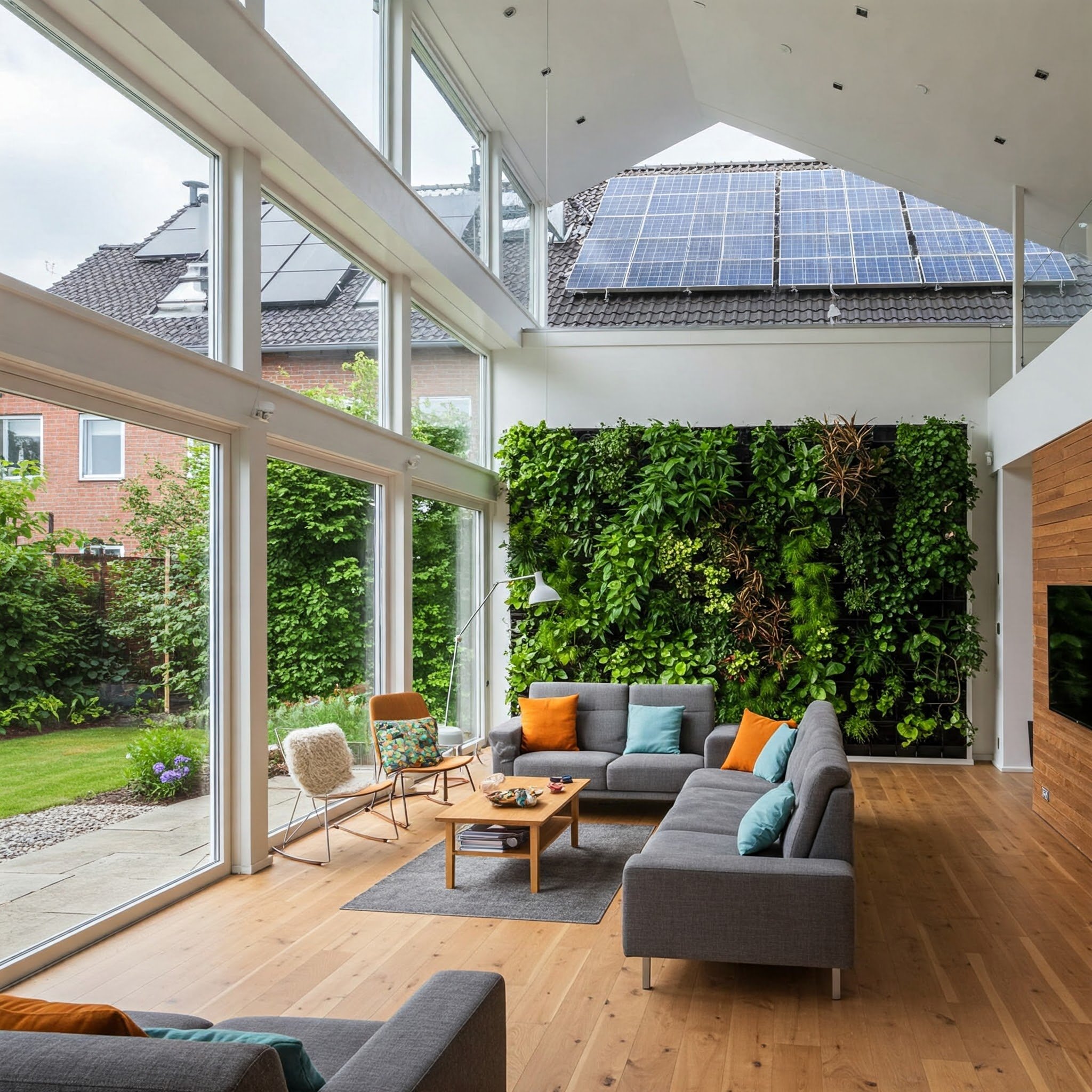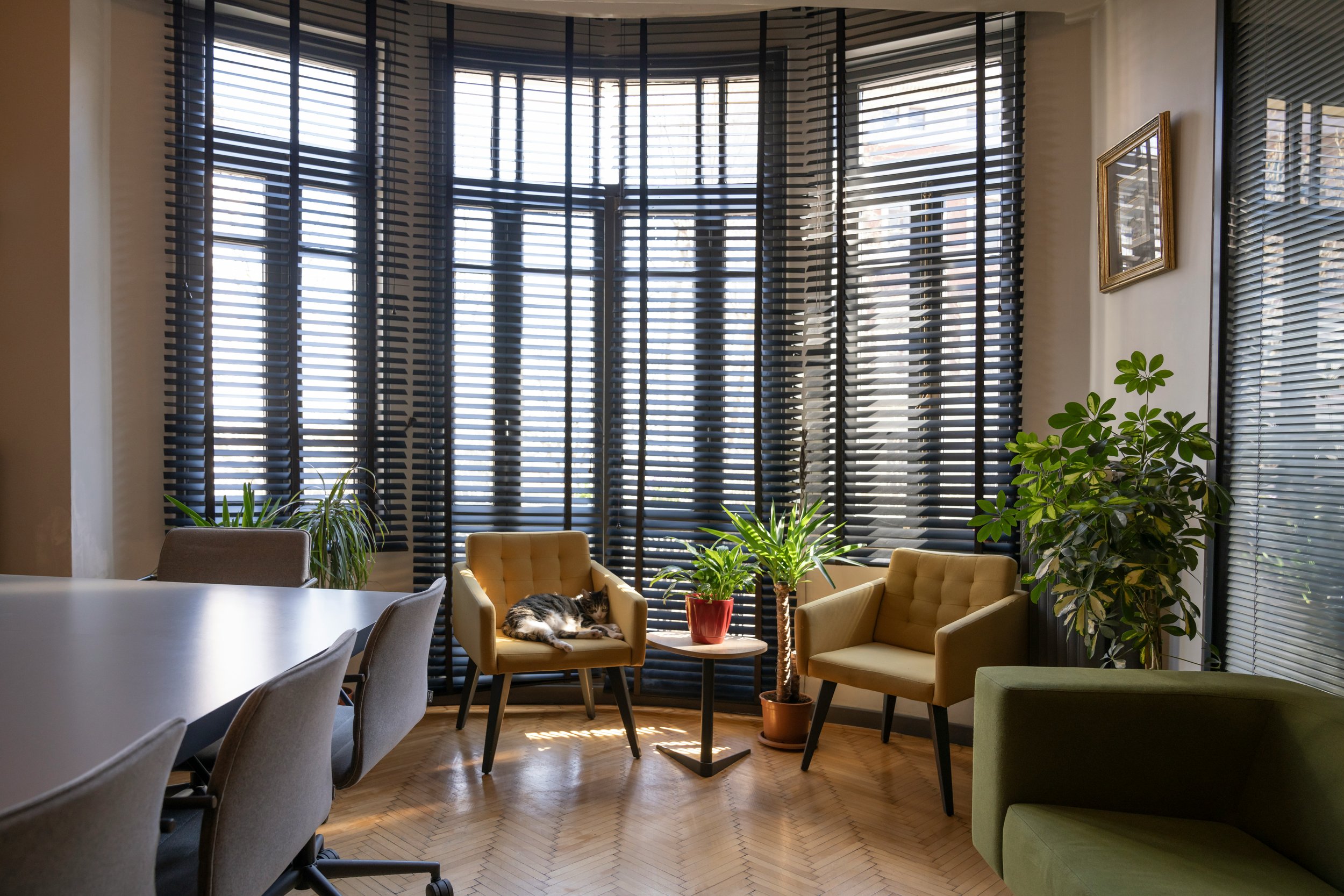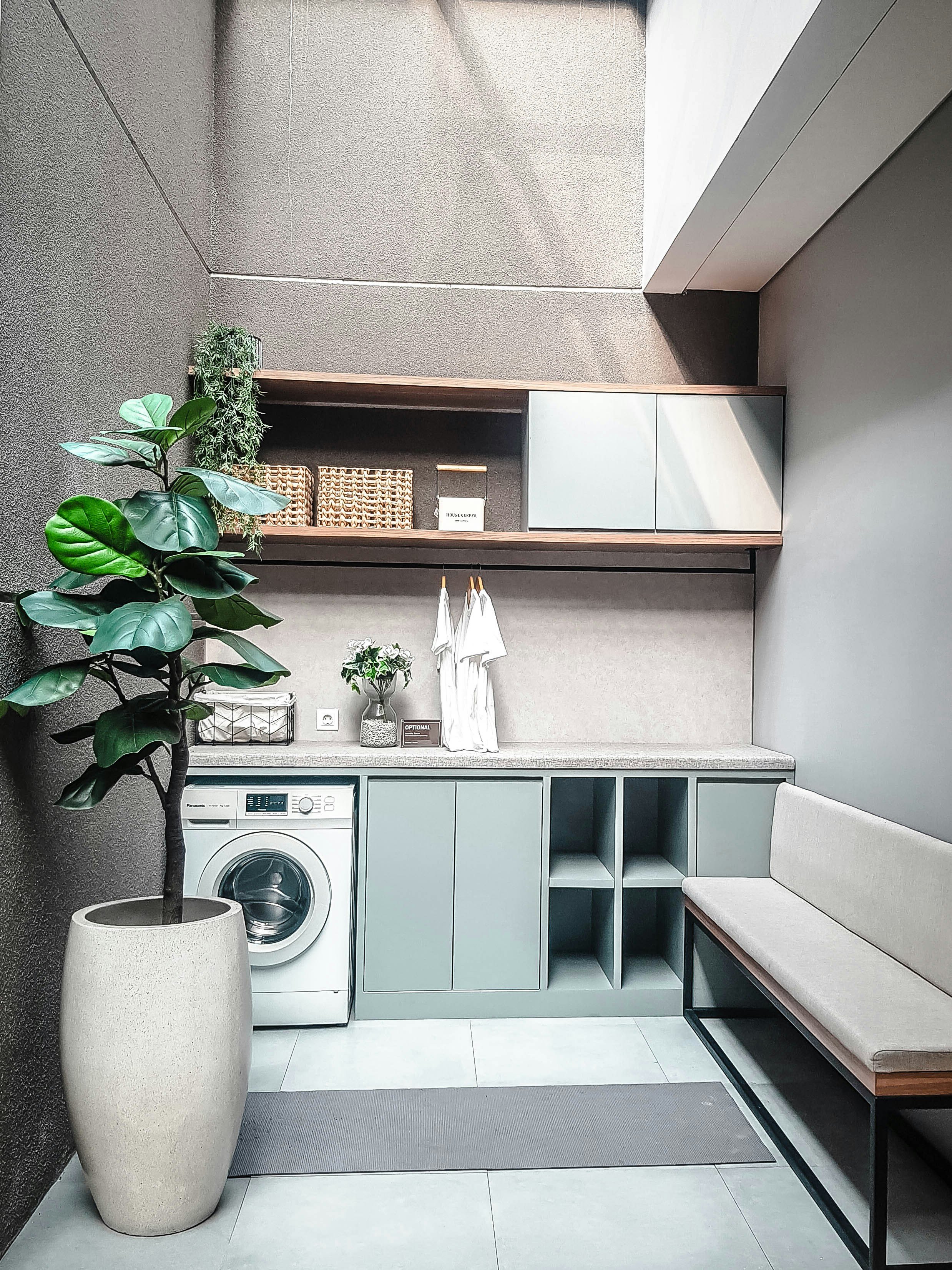Eco-Friendly Home Decor with Betta Fish Tanks
Learn how to create a sustainable, beautiful environment in your home using betta fish tanks.
Image by Ivabalk from Pixabay
Environmental consciousness is becoming increasingly vital, influencing many aspects of our lives, including home furnishings.
One unique and enchanting element to consider is the betta fish tank. Beyond the visual appeal of the colored fish, these tanks can serve as a mini-ecosystem that promotes a sustainable lifestyle. Thus, this article provides comprehensive insights to help you implement this decor idea.
Integrating Betta Fish Tanks into Home Décor: The Process
Installing a fish tank is a wise interior decor idea because it takes up minimal space and resources. Follow this step-by-step guide to add this sustainable decor piece and stunning live fish:
Step 1: Select the Right Betta Fish Tank
Prioritize tanks made from sustainable materials, such as glass rather than plastic, to minimize environmental impact. In addition, your tank should be at least 5 gallons large, providing ample space for your betta to swim and explore, which is crucial for their well-being.
Another consideration is the design and features of the tank. Since they come in various shapes and sizes, choose a design that suits the rest of your interior décor. In addition, consider sustainability.
For instance, opt for tanks with energy-efficient LED lighting and low-wattage filtration systems to reduce energy consumption. You should also incorporate natural elements like live plants, such as java fern or anubias, to create a balanced ecosystem by improving water quality and offering hiding spots for your betta.
Further, get eco-friendly substrates such as sand or gravel and non-toxic decorations like driftwood and rocks to create a safe and aesthetically pleasing habitat.
Step 2: Cycle the Tank
Initiating the cycling process involves introducing a source of ammonia. You can add a small amount of fish food, which will decompose and release ammonia, or use pure ammonia from a pet store.
Regular monitoring over the next few weeks will help you track ammonia, nitrites, and nitrates levels. Initially, you may notice a spike in ammonia, followed by a gradual increase in nitrites as bacteria process the ammonia. Subsequently, another type of bacteria, Nitrobacter, will convert these nitrites into nitrates.
Ideal conditions for a betta tank include zero ammonia and nitrite levels, nitrates below 20 ppm, a pH between 6.5 and 7.5, and a temperature range of 76-82°F (24-28°C). It means you have to monitor them continually.
Step 3: Introduce Betta Fish
Start by selecting a healthy betta from a reputable source. Look for fish with vibrant colors, clear eyes, and smooth, intact fins. The betta should be active and responsive, swimming gracefully and showing interest in its surroundings. Avoid fish that appear lethargic, have clamped fins, or show any signs of disease, such as white spots or torn fins.
Once you have selected your betta, the next step is to acclimate it to its new environment to prevent shock from sudden water temperature and quality changes.
Begin by floating the sealed bag containing your betta in the tank for about 15-20 minutes. It allows the water inside the bag to gradually match the temperature in the tank. Afterward, add small amounts of tank water to the bag for 15 to 20 minutes. It helps the betta fish adjust to the pH and other water parameters, reducing stress and the risk of illness.
During the first few days, observe its behavior and appetite. A healthy betta will explore its new environment, swim actively, and display a good appetite. Look for signs of stress, such as lethargy, clamped fins, or rapid gill movement. They may indicate poor water quality or an unsuitable environment.
Step 4: Integrate Your Betta Fish Tank into Home Décor
A well-chosen spot can turn your betta tank into a striking focal point. Thus, place it on a sturdy, stylish stand or incorporate it into a bookshelf or a dedicated nook. Ensure the location is away from direct sunlight to prevent algae growth and temperature fluctuations. The location also matters if you have pets that may attack fish.
Further, enhance the visual appeal of the tank by surrounding it with complementary décor elements. You can use natural materials like wooden frames, potted plants, and stone sculptures to create a cohesive, nature-inspired theme. Lighting plays a crucial role in integrating the tank into your décor. Use soft, ambient lighting to highlight the tank, creating a serene and calming atmosphere.
Final Thoughts
Betta fish tanks are an exceptional choice for home décor due to their unique beauty. The vibrant colors and graceful movements create a dynamic and captivating visual experience that enhances any room.
Unlike many other decorative elements, a betta fish tank brings a living, interactive component to your space, fostering a sense of tranquility and connection with nature.
In addition to their aesthetic appeal, betta fish tanks promote a sustainable lifestyle. By carefully selecting eco-friendly materials and integrating live plants, you can create a self-sustaining mini-ecosystem that aligns with environmental values.
















